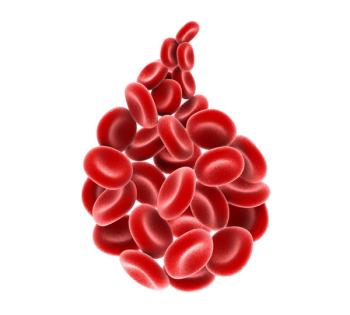
Oncology NEWS International
- Oncology NEWS International Vol 4 No 6
- Volume 4
- Issue 6
Changes in Health-Care Delivery Could Alter System of Medical Ethics
WASHINGTON--The shift in health-care delivery methods from fee-for-service to managed care may bring with it troubling shifts in medical ethics.
WASHINGTON--The shift in health-care delivery methods from fee-for-serviceto managed care may bring with it troubling shifts in medicalethics.
In today's era of managed care, the physician may have responsibilityto two agents--the patient and the payer, said Deborah Whisnand,MA, ThM, a medical ethicist for Bioethics Consultants, Berkeley,Calif. This creates tension between delivering the best care tothe patient while satisfying the economic needs of the contractingpayer organization.
"We are beginning to move from offering the absolute bestcare to the patient to offering the assurance of good care, notjust adequate, but good care," Ms. Whisnand said. "Weare in an era where we will no longer, because of limitations,be able to provide best care in every instance."
Speaking at the Association of Community Cancer Centers meeting,Ms. Whisnand described some of the ethical shifts that have occurredin health-care delivery in the past.
In the Hippocratic era, the physician made judgments based onexperience. The patient rendered authority to the physician, andthe physician's sole duty was to the patient, who paid him directly.
The shift to the Medicare era in the 1940s involved two importantevents--the beginning of third-party payment and the scientificera in medicine. The physician now had to draw on science, notjust observation and experience, and would be judged by externalstandards.
Medicare was created, and the health insurance industry beganto expand as employers began to include health care as a benefit.Patient expectations rose, and litigation increased. By the 1970s,third-party payments comprised more than 50% of health-care payments.
In the new era of managed care, ethical questions arise when physicians,patients, and payers disagree as to whether good care is, in fact,good enough, especially in areas where so-called best care isexpensive or not yet proven to be statistically superior.
Ms. Whisnand described how Kaiser Permanente of California resolvedthe issue of how to ethically offer to pay for autologous bonemarrow transplants (ABMT) for breast cancer patients. If a Kaisermember is reviewed and judged to be a medically appropriate candidatefor the procedure, the company "puts the check on the table,"she said.
They tell the patient that cost is not an issue, but they do requirethat the referring oncologists go with the patient for her workupand for the informed consent session, during which the possiblerisks and benefits of the procedure are explained. Under thesecircumstances, more than half of the breast cancer patients whoare possible candidates for ABMT refuse it, Ms. Whisnand said.
"What Kaiser believes is happening is that once patientsno longer feel that cost is a factor keeping them from gettingthe procedure, they are able to consider the decision more objectivelyand more rationally," she said. Removing the cost issue mayallow patients to confront their true emotions, as opposed totheir defensive emotions, about the procedure.
Articles in this issue
over 30 years ago
IDEC-C2B8 Antibody Is in Phase III Testing for B-Cell Lymphomaover 30 years ago
Dr. Peters Named Head of the Michigan Cancer Foundationover 30 years ago
Broad-Spectrum Sunscreens Block UVA and UVBover 30 years ago
Trials of AccuSite Injectable Gel From Matrix Begin in Basal Cell Caover 30 years ago
Outpatient ABMT at Duke Leads to Savingsover 30 years ago
Algorithm Optimizes Value of CA125 II Screening for Ovarian Caover 30 years ago
Better Ovarian Cancer Outcome With IP Cisplatinover 30 years ago
Epirubicin Effective But Toxicity Is IncreasedNewsletter
Stay up to date on recent advances in the multidisciplinary approach to cancer.


















































































